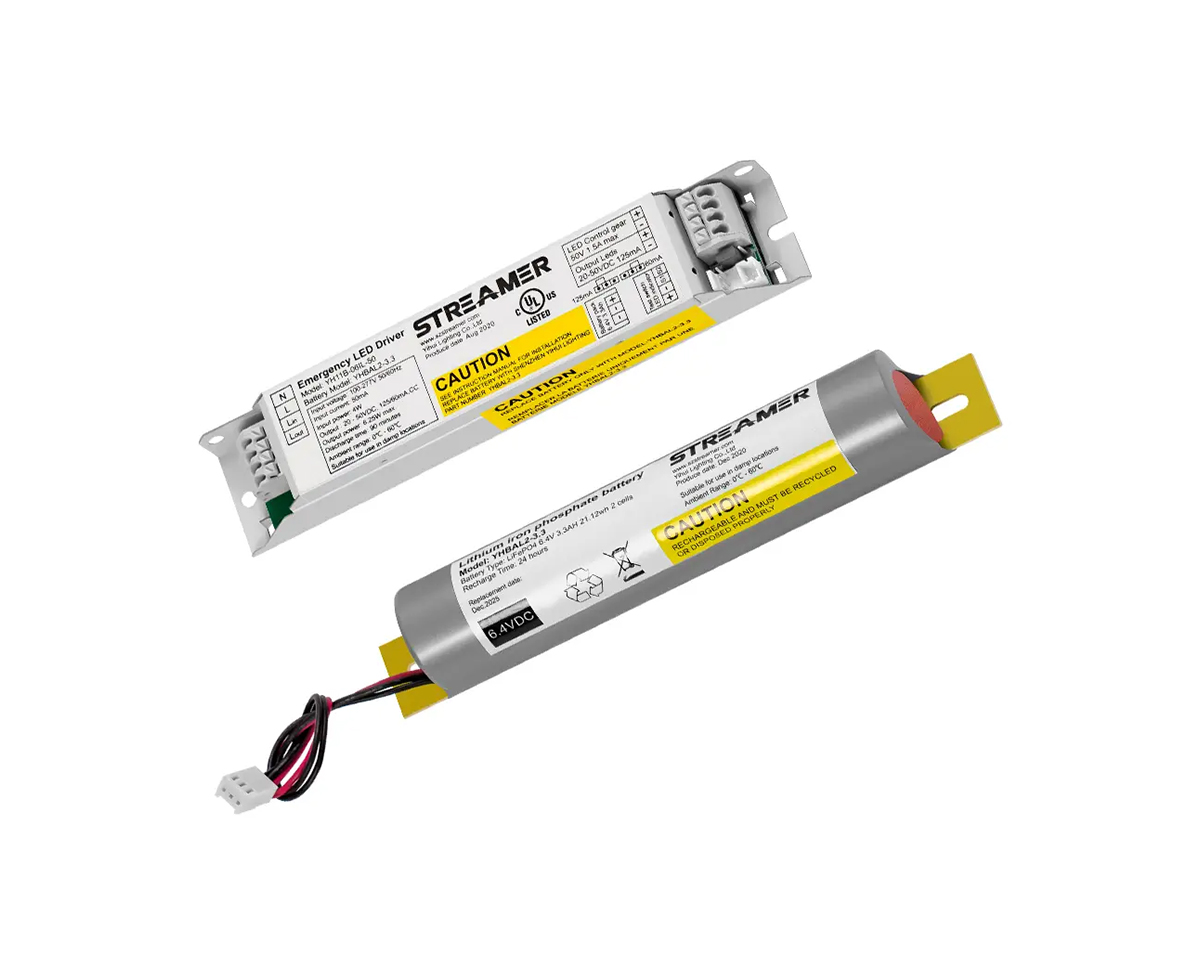 1
1
 Jun 06, 2025
Jun 06, 2025

Flameproof emergency drivers are specifically designed for use in hazardous environments where the presence of flammable gases, vapors, or dust poses a risk of explosion. These drivers are engineered to prevent the ignition of surrounding explosive atmospheres and ensure the safety of personnel and equipment.
The key feature of a flameproof emergency driver is its enclosure. The enclosure is constructed from robust materials, such as cast iron or stainless steel, with carefully designed joints and seams. These enclosures are designed to withstand an internal explosion without rupturing and prevent the propagation of the flame to the external explosive atmosphere. The joints between different parts of the enclosure are precisely machined and fitted with flame - paths. Flame - paths are narrow gaps or channels that cool the hot gases and flames generated during an internal explosion, reducing their temperature below the ignition point of the surrounding explosive mixture before they can escape from the enclosure.
In addition to the flameproof enclosure, the electrical and mechanical components inside the driver are also carefully selected and designed. Electrical components are often encapsulated or potted to prevent arcing and sparking from coming into contact with the explosive atmosphere. Specialized flameproof motors are used, which have enhanced insulation and are designed to operate safely without generating excessive heat or sparks. Regular maintenance and inspection of flameproof emergency drivers are crucial. Any damage to the enclosure, deterioration of the flame - paths, or malfunction of internal components can compromise the flameproof integrity. Therefore, strict compliance with maintenance procedures, including checking for proper sealing, inspecting electrical connections, and testing the driver's performance, is necessary to ensure the continued safe operation of flameproof emergency drivers in explosive environments.